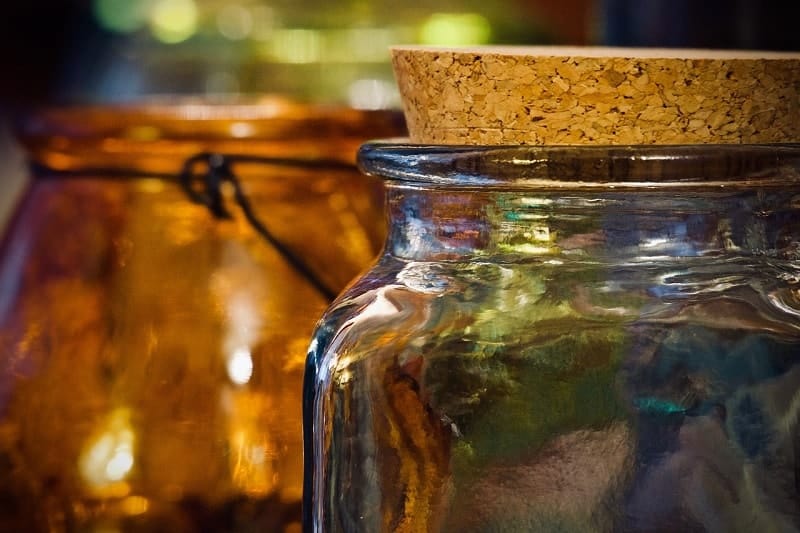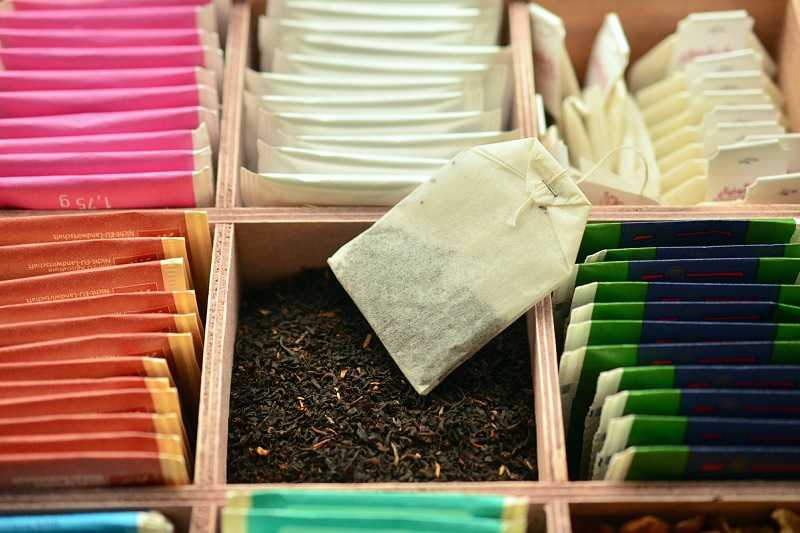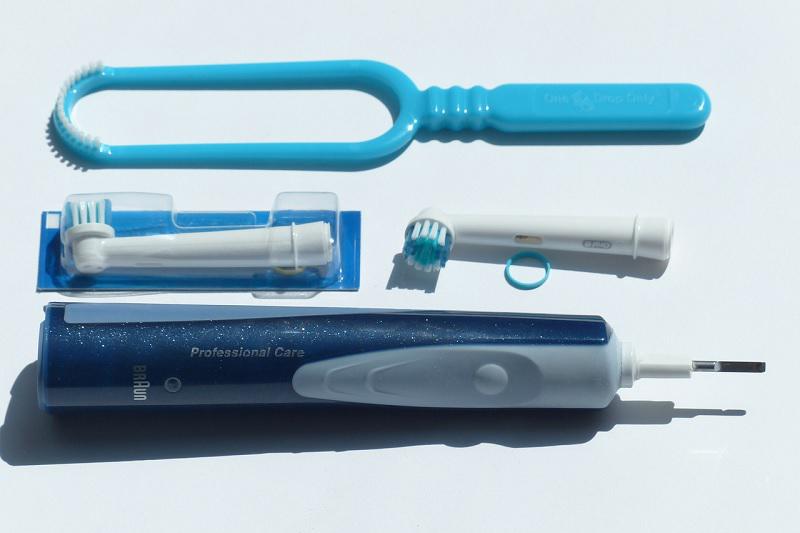As evidence of plastic pollution and climate change grows, we find ourselves seeking better alternatives that won’t have such a huge impact on the environment.
Glass is one of the most popular of these options so far.
Glass is a relatively natural material and is easy to clean and reuse time and time again.
Glass recycling has been well established in the UK for decades now, so glass seems the perfect eco-friendly alternative to plastic.
However, critics say that glass is bad for the environment and could actually drive climate change.
So, what is the truth? Is glass bad for the environment or are we simply lacking some of the facts?
Let’s take a look.
Table of Contents
Energy requirements and emissions
Critics say that glass is bad for the environment because of the huge amount of energy needed for its production.
This is partly true—glass does use a significant amount of energy. Glass furnaces need to run 24/7 and reach temperatures of over 1500°C which obviously uses a huge amount of fossil fuels (usually oil or natural gas) and releases significant amounts of carbon dioxide into the environment.
According to one study, each glass bottle produced in the UK produces around 500g of carbon dioxide per bottle, with the figure rising to around 2 tonnes of CO₂ for every tonne of glass once you factor in transport. And as we know, carbon dioxide emissions are known to be one of the leading causes of climate change.
But this isn’t seeing the whole picture when it comes to glass.
Glass bottles are 40% lighter today than they were in the 80s and 90s, so they require less fuel to produce and create less emissions than they used to. They also require less fuel when transported.
Also, the fact that glass furnaces run 24/7 means that increasing production of glass won’t necessarily result in significantly higher fuel requirements or higher CO₂ emissions.
This means that the more glass is made or recycled, the lower the carbon footprint per bottle is likely to be.
Glass recycling
As we’ve just seen, making new glass can be a very energy-intensive process.
But creating recycled glass helps reduce both fuel requirements and CO₂ emissions significantly.
In part, this is because there’s no need for new raw materials to be extracted from the ground to recycle glass.
Additionally, glass furnace temperatures can be lower for melting down recycled glass, resulting in a 20% reduction of air pollution.
This could save as much as 42 kWh of energy, 5 gallons of oil, and 1.5 cubic metres of landfill space per ton of recycled glass (source).
Glass is also endlessly recyclable and doesn’t degrade over time or need to be taken to landfill once it wears out.
This puts it head and shoulders about both plastic and paper recycling which can only be recycled a certain number of times.
Finally, glass recycling is very common and well established in many countries these days, and once recycled, it can be back with the consumer within just 30 days.
Waste products & environmental hazards
Critics also say that glass isn’t biodegradable so can’t truly be considered an eco-friendly substance.
However, unlike plastic, glass is nontoxic, non-reactive and very unlikely to be mistaken for food by animals in the ocean.
Even if it ends up in the sea, it will be broken into small pieces and settle down onto the ocean floor where it will not cause any harm.
Besides, the fact that it can be recycled easily and endlessly means there’s absolutely no justification for it ending up in the oceans—it can stay within the system without ever ending up in landfill or polluting the oceans like plastic.
It is, however, worth mentioning the fact that if glass isn’t disposed of easily, it can become a hazard to human and animal health.
A piece of broken glass can easily cause injury, and a carelessly discarded bottle can cause forest fires or bush fires.
However, this certainly isn’t a reason to discount the value of glass as an eco-friendly alternative to both single use plastics and reusable plastics.
Summary
To summarise, producing glass does require significant amounts of energy and does leave a carbon footprint.
However, it’s an easily recyclable substance which doesn’t pose a significant threat to the environment or to marine life.
To say that it’s bad for the environment would be huge mistake.
When considering how ‘good’ or ‘bad’ something is for the environment, it’s worth considering the bigger picture before deciding.
In short, keep using glass. It’s a great reusable, recyclable substance that’s easy to keep clean and looks attractive too.

Charlotte Witts is a writer and entrepreneur who wants to show you how easy it is to live a more conscious, zero-waste lifestyle. A confirmed yoga-addict, trail runner and ocean-lover, she currently lives in the Azores where she enjoys the simple pleasures in life.




Absolutely love this article! EVERYTHING has an environmental impact, it is up to us to choose items that are less impactful.